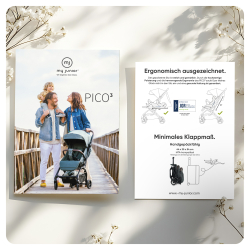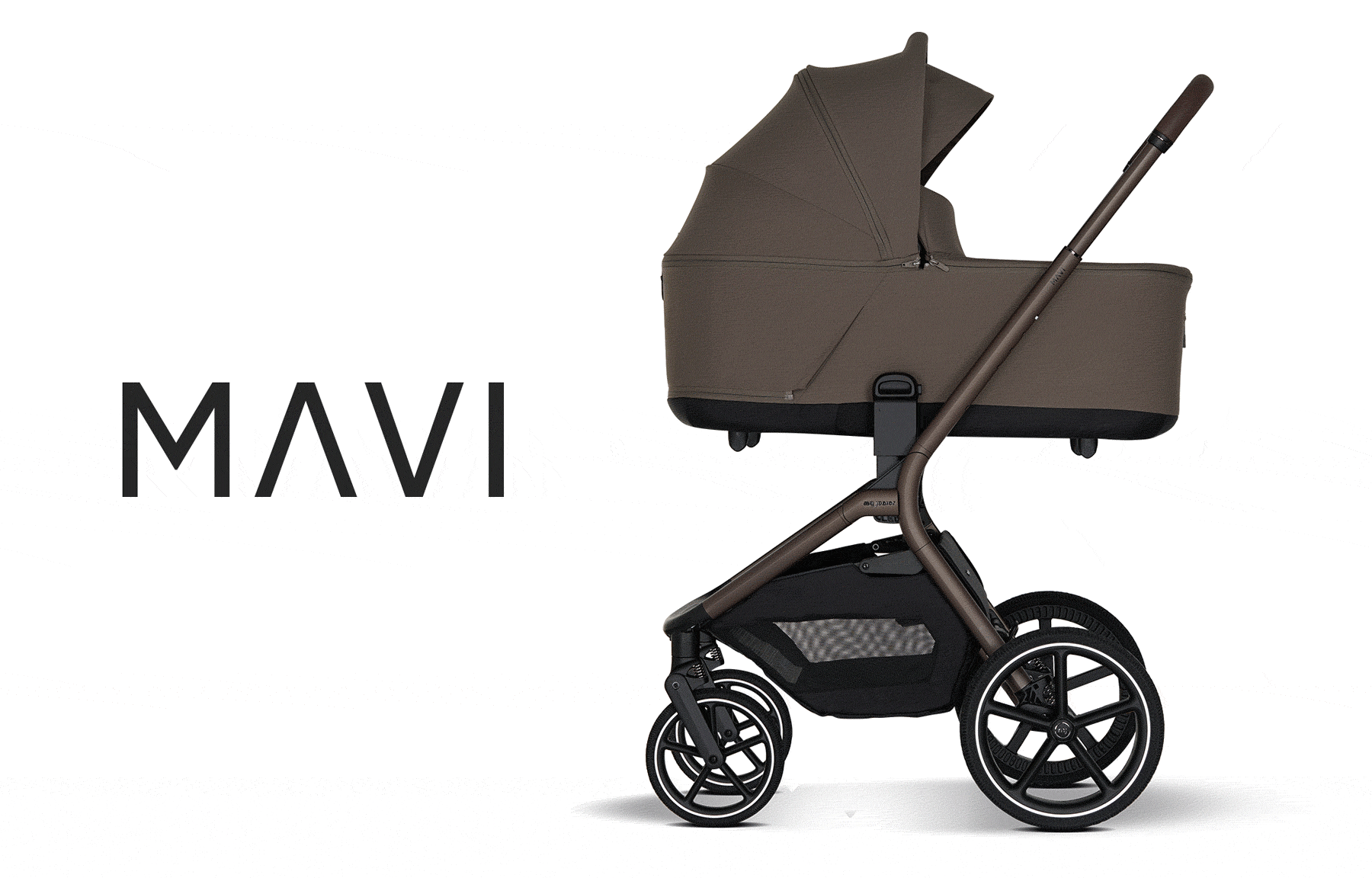
Eisprungrechner

Knowing when it’s right.
Ovulation calculator: Calculate fertile days precisely and easily
With our ovulation calculator, you can quickly and easily determine your most fertile days. Simply enter the first day of your last period and the average length of your cycle, and the calculator will show you when your ovulation is likely to occur. This way, you can plan specifically if you want to become pregnant.
Dein Fruchtbarkeitskalender
The most important points at a glance
A calculator helps to determine ovulation and fertile days based on menstrual data.
Regular cycles lead to more accurate predictions.; digital tools and methods such as observing cervical mucus can improve accuracy.
A healthy lifestyle, including nutrition and stress management, can increase fertility and support a pregnancy.
What is an ovulation calculator?
Our my junior® ovulation calculator is a Helpful tool based on the length of your menstrual cycle and the date of your last period, in order to determine ovulation and the fertile days. To calculate ovulation and the fertile days, you need the first day of your last period and your average cycle length. The more regular your period is, the more accurate the results of the fertility calculator will be.
The ovulation calendar shows the expected ovulation and the fertile days These pieces of information are particularly valuable for people wishing to have children, as they can plan the optimal time for sexual intercourse in order to maximise the chances of conception.
A cycle calendar or an app can help to collect information about cycle length and to plan fertility better, as every woman can experience fluctuations in her cycle.
Application of the ovulation calculator.
Using our ovulation calculator is incredibly simple. All you need is the first day of the last menstruation and the average cycle length. You enter this information into the calculator, and it shows you when your most fertile days are and the time of ovulation. Ovulation usually occurs about 14 days before the start of the next menstrual period.
Calculate fertile days
To calculate your fertile days, you need the length of your menstrual cycle and the starting day of your last period. The average cycle length is crucial for predicting the timing of ovulation.. The more regular your cycle is, the more accurate the calculation will be within the timeframe.
The The results of the ovulation calculator are to be understood as a guide., as a woman's cycle can vary. The calculation provides a guideline, but not an exact prediction of ovulation. The fertile window extends to about 5 to 6 days before ovulation., which is the period during which fertilisation is likely.
An additional method for determining the fertile days is the observation of cervical mucus. The mucus changes over the course of the cycle and becomes shortly before ovulation, clear and stretchy, which indicates the fertile days. This observation can further improve the accuracy of the calculation and help you to better estimate the optimal time for pregnancy.
Methods to support irregular cycles
With irregular cycles, additional methods for determining the fertile days can be helpful. One option is the Temperature method, in which you measure your basal temperature daily. Shortly before ovulation, the temperature drops slightly and then rises by 0.2 to 0.4 degrees. Recording and noting your body temperature every morning makes it possible to determine ovulation more accurately.
Another method is the Observation of cervical mucus, known as the Billings method. The mucus changes throughout the cycle and becomes thin and clear around ovulation.
Digital cycle trackers these practices can support and improve ovulation prediction. These tools offer various ways to assess ovulation in the case of irregular cycles.
.
Order your free
fabric sample to your home now.
Factors influencing ovulation
Ovulation is influenced by various factors, including:
Stress, which can disrupt hormones and reduce the chances of becoming pregnant
Nutrition, which plays an important role in fertility
Lifestyle, which affects general health and wellbeing
Stress can lead to frustration and inner restlessness, which can affect the chances of becoming pregnant.
An unhealthy diet can also reduce the chances of becoming pregnant. A disrupted hormonal balance can be due to an unhealthy diet. Vitamins and nutrients are important for an optimal hormonal balance, and Both underweight and overweight can affect fertility..
Lifestyle, including Exercise and stress reduction can have a positive effect on fertility. Women over 30 should be aware that the Fertility decreases and drops sharply, especially from the age of 35.. Therefore, it is important to maintain a healthy lifestyle in order to maximise the chances of becoming pregnant.
Signs of ovulation
A clear indication of ovulation is the Change in cervical mucus. Shortly before ovulation, the mucus becomes clear and stretchy, indicating the fertile days. Before and after ovulation, however, the mucus is milky-yellow and thick.
Another sign is the Change in basal temperature. It drops immediately before ovulation and then rises by 0.2 to 0.4 degrees. The cervix also changesIt becomes softer and opens slightly during ovulation.
These physical changes can help you to better identify your ovulation and thus your fertile days.
Increase fertility
To increase fertility, a balanced diet crucial. A diet that rich in fruit, vegetables and wholegrain products can increase the chances of pregnancy. The Intake of micronutrients such as folic acid, iodine and iron is also important for fertility and the selection of the right products.
A healthy body weight plays a major role. Both overweight and underweight can make it more difficult to conceive. Regular physical activity that remains within the bounds of personal fitness can have a positive effect on fertility. Reducing stress through relaxation techniques is also important in order to improve the chances of conception.
It is also advisable to avoid alcohol, nicotine and excessive caffeine consumption., as these substances can have negative effects on fertility. By following these tips, you can increase your chances of becoming pregnant while also improving your overall health.
Pregnancy test: When is the right time?
The ideal time for a pregnancy test is the day your period is due. Early tests carried out before the period is missed are less reliable. The pregnancy hormone hCG can be detected in urine from around the tenth day after fertilisation.
A test taken before the missed period can result in a false negative. A positive test result indicates pregnancy in 99% of cases, even if only a faint line is visible.
Therefore, it makes sense to Test only after the expected date of menstruation to carry out, to obtain a reliable result.
Birth preparation after successful fertilisation.
After a successful fertilisation, the exciting phase of preparing for birth begins. In the initial stages of pregnancy, hormone production is managed jointly by the placenta and the ovaries. The placenta is responsible for supplying the baby with nutrients and oxygen throughout the pregnancy.
It is important, Make an early appointment for the first preventive check-up to arrange in order to monitor the health of mother and baby. A blood test for pregnancy can be carried out as early as 10 days after fertilisation. It takes between eight and ten days from fertilisation until the implantation of the egg.
Alternative methods for determining ovulation.
In addition to the ovulation calculator, there are also alternative methods for determining ovulation. The Knaus-Ogino method includes recording menstrual cycles in a calendar to estimate ovulation. Hormone-based tests, such as ovulation tests, use the measurement of luteinising hormone (LH) to determine ovulation.
The combination of several methods to determine the fertile days increases the reliability of contraception. Natural family planning techniques require precise knowledge of ovulation and the fertile days. These methods can be a valuable complement to digital tools.
Technical aids for cycle monitoring.
Technical aids for cycle monitoring are now widespread and extremely helpful. Here are some important aids to support natural family planning:
Cycle apps
Hormone computer
Temperature and cycle computer
Ovulation tests
Cervical mucus microscopes
Special hormone and temperature computers, as well as cycle calculators and ovulation calendar apps, use modern technologies to support cycle monitoring. Cycle apps analyse data or provide reminders for regular measurements or tests in order to assist couples with family planning. Digital thermometers offer a modern way to accurately measure basal body temperature, which supports cycle monitoring.
Ovulation calculator and natural contraception.
A computer is not suitable for natural contraception, as the accuracy of the findings is limited.
The fertile days comprise about six days in the cycle, taking into account ovulation and the survival of sperm. When using natural contraception methods, it is necessary, use additional contraception on fertile days to use. This ensures better protection against unwanted pregnancies.
Summary.
Ovulation calculators are valuable tools for couples wishing to have children and for family planning. They make it possible to determine the fertile days and to plan the best time for conception. Supplementary methods and technical measures can further increase accuracy. It is important to pay attention to a healthy lifestyle in order to boost fertility. With this information, you are well equipped to take your family planning into your own hands.
Frequently Asked Questions
What is an ovulation calculator?
Our ovulation calculator helps you to find out your ovulation and fertile days, by taking into account your cycle length and the date of your last period. This is super practical if you want to get pregnant or simply want to learn more about your cycle.
How do I use an ovulation calculator?
To use our ovulation calculator, you need to Simply enter the first day of your last period and the length of your cycle.. This is how you find out when you are most fertile.
Which factors can influence ovulation?
Stress, nutrition and lifestyle are crucial factors, which can influence ovulation. Make sure to live a stress-free life and eat healthily to support your hormonal balance.
When is the best time to take a pregnancy test?
The best time for a pregnancy test is on the day your period is due. This way you get the most reliable results.
Can I use the ovulation calculator for contraception?
Our ovulation calculator is not reliable for contraception, as the findings may be inaccurate. You should definitely use an additional contraceptive method.

Your world full of advantages.
More protection. More service. More joy.
- 10-year warranty & mobility guarantee
- 1 year comprehensive insurance coverage
- Personalized service
- Mom To Be Academy Online Courses
- Early access at launches
- Upgrades with our hotel partners

 Pushchair
Pushchair 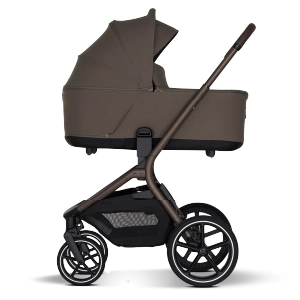 MAVI
MAVI 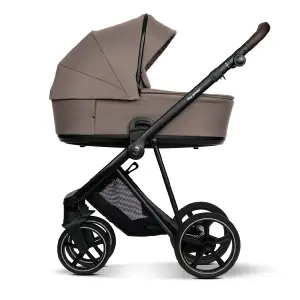 VIGO²
VIGO²  VITA unique³
VITA unique³ 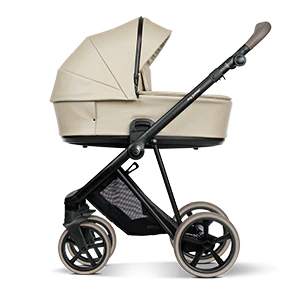 VIGO² Alcantara
VIGO² Alcantara 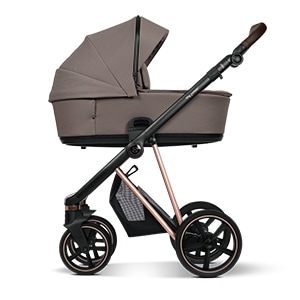 VIGO
VIGO 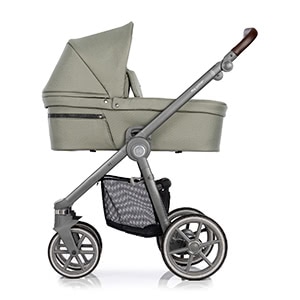 VITA HOPE
VITA HOPE  VITA unique²
VITA unique²  PICO³ with tub
PICO³ with tub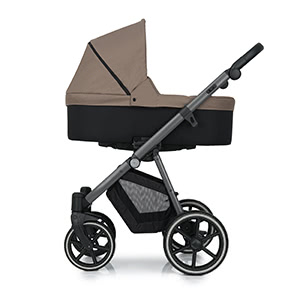 NOAX²
NOAX² 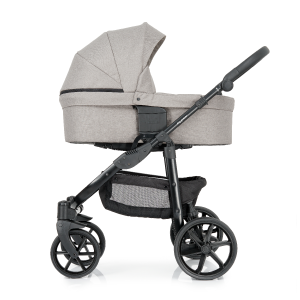 MIYO²
MIYO² 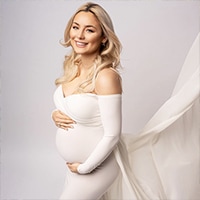 Pram tests
Pram tests  Consultation
Consultation  Buggies
Buggies 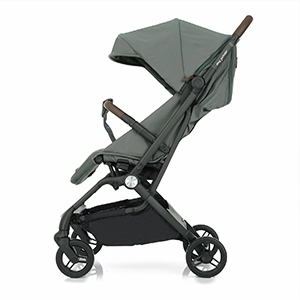 PICO³
PICO³ 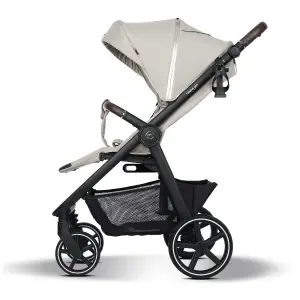 PLIA²
PLIA²  PLIA² Air
PLIA² Air 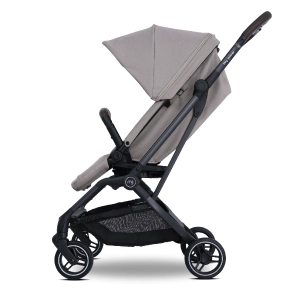 PICO³⁶⁰
PICO³⁶⁰  PICO³ with tub
PICO³ with tub 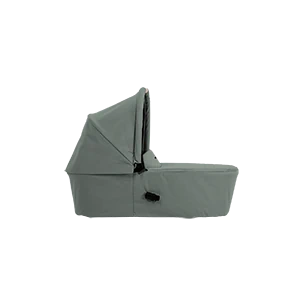 PICO tub
PICO tub  PICO infant car seat adapter
PICO infant car seat adapter  Limited Editions
Limited Editions 

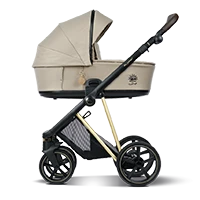





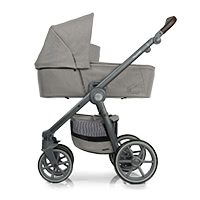

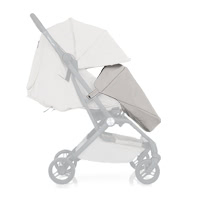

 VIGO
VIGO  VITA HOPE
VITA HOPE 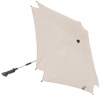 Limited Edition Parasol
Limited Edition Parasol  Limited Edition Baby Carrier
Limited Edition Baby Carrier 
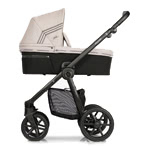 VITA HOPE
VITA HOPE  Child seats
Child seats  All Isofix Bases
All Isofix Bases  AURAᵉʳᵍᵒ
AURAᵉʳᵍᵒ  Aura Pro
Aura Pro  Beam
Beam  Cyro 360
Cyro 360  Base 360
Base 360 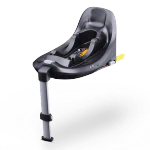 Base Static
Base Static  Capsule System
Bundle
Capsule System
Bundle  Beam Bundle
Beam Bundle 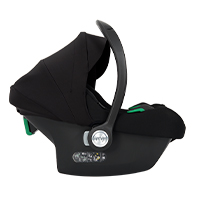 Avionaut Cosmo
Avionaut Cosmo 
 Black Friday Sale
Black Friday Sale
 Reviews
Reviews  Read reviews
Read reviews  Write a review
Write a review 
 Home
Home  Fabric sample
Fabric sample  Baby carriers
Baby carriers  LUVA
LUVA  NAMI
NAMI  NAMI with ring
NAMI with ring  Accessories
Accessories  Vouchers
Vouchers  Discover my junior®
Discover my junior®  About us
About us  In your vicinity
In your vicinity  All my junior
All my junior Flagship Store
Aachen
Flagship Store
Aachen  Flagship Store
Hamburg
Flagship Store
Hamburg  Flagship Store
Salzburg
Flagship Store
Salzburg  Flagship Store Binzen
Flagship Store Binzen
 Flagship Store
Krefeld
Flagship Store
Krefeld  Studio Cologne
Studio Cologne  Studio Trier
Studio Trier  Studio Braunschweig
Studio Braunschweig
 Studio Metzingen
Studio Metzingen
 my junior® pram in
Switzerland
my junior® pram in
Switzerland  Help and Contact
Help and Contact  Useful
Useful  Career
Career  Press
Press 






